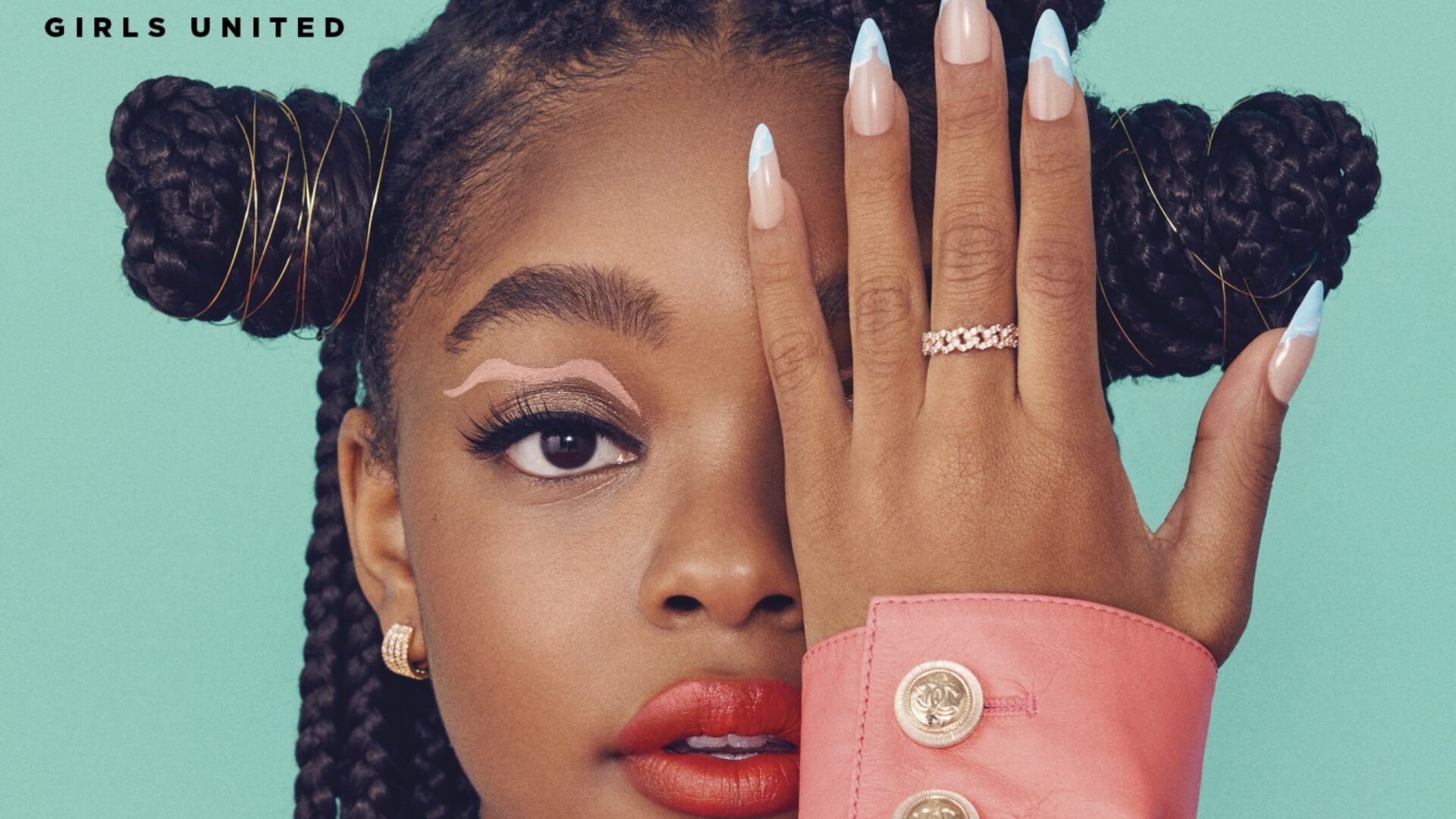
As time progresses, the way Gen Z’ers and Gen Alpha consume media looks slightly different. Though the days of Tiger Beat and Word Up are no more, that doesn’t negate the archival footprint teen magazines made for Zillennials. Recently, discourse hit the timeline regarding the dying era of teen publications, stirring up a more prevalent conversation about niche categories teens can look to in media.
“The decline of the teen girl magazine is actually very sad,” writer Bolu Babalola tweeted. “Media for the youth! Very important. Not only does it give them their own space, but it also allows them to embrace adolescence without yearning for adulthood too tough. I loved my Mizz and my Bliss and my Teen Vogue.”
Though the imagery of teen magazines is not at the forefront like in the days of Mindless Behavior, The Jonas Brothers and Miley Cyrus, it doesn’t mean it’s not there. As social media has taken over and teens have different avenues of seeing the latest pop culture moments, their perspectives have shifted.
Nowadays, there’s a missing divide between adults and teenagers, but it’s not always a bad divide. Since the pandemic and entering the remote era, the world has fallen into a hyper-digital space where we all curated the same timeline. The access to everyday discourse meshed between all of our For You Pages, but it stopped the general public’s unrealistic perception of Zillennial interests.
In the past, many teen magazines focused on the aspects of body image and beauty standards that were not inclusive to every person going through girlhood. “Teen magazine made my relationship with food hell and introduced many insecurities,” a user tweeted. As we reflect on the aesthetics of teen magazines, let’s not forget the actual content.
The years of teen girlhood have been looked at under a microscope. Conversations have changed from the It Girl portrayal to the materialistic gaze on young girls. Teens’ relationship with the media evolved from surface-level topics to in-depth stories. At times, young girls are being rushed into adulthood. The way content has developed, artists and mainstream media now touch on more mature topics.
Many Zillennials’ concerns have changed from clothes and heartthrobs to climate change and sustainability. For years, pop culture has reflected the times, and unfortunately, the reflection of society is not always coming from a positive perspective. Thanks to social media, teens have become extremely vocal about the problems and issues across pop culture. Instead of superficial focuses, teens seek media centered around social issues.
Rather than focusing on the dying niche of teen magazines, focus on the fact that the conversations surrounding the youth are developing for the better. Now, larger publications want to include a fresh perspective from Zillennials and soon Gen Alpha to curate a new realm of refined storytelling. As we continue to enter our era of disruption, teens are becoming a disruptive group that is coming to add a unique viewpoint in the editorial space and utilize their voices to bring depth to today’s teenagers.
About Kenyatta: Clark Atlanta University and Medill School alumna Kenyatta Victoria is the Girls United writer covering everything from news, pop culture, lifestyle, and investigative stories. When not reporting, she’s diving deep into her curated playlists or binging her favorite comfort shows.